Original Author: 10K Ventures
The annual report is divided into two parts.
This article shares our thoughts on 2024 and does not constitute investment advice.
This article mainly covers the 2024 section, specifically including:
(1) The impact of ETFs
(2) DEX vs CEX
(3) Application chains
(4) Stable computation vs on-chain asset management
(5) Has the industry entered a PE moment?
01. ETFs and Giants Dominate the Market
1.1 BTC ETF Sees Significant Net Inflows Over the Year, Pricing Power Shifts to North American Institutional Investors
After the approval of the BTC ETF this year, North American BTC ETFs began to accumulate significantly. As of December 25, North American ETFs held approximately 1.19 million BTC, accounting for 5.66% of all BTC. When it was first launched, it held less than 670,000 BTC, showing a substantial increase of 525,600 BTC over the year.
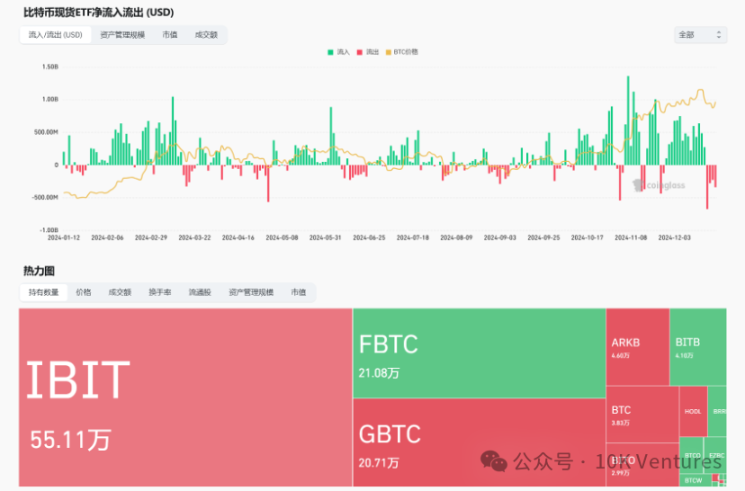
Observing the net inflows and outflows of the BTC ETF, we find that this year's BTC volatility has become highly correlated with the net inflows and outflows of the ETF, with pricing power gradually shifting to North America.
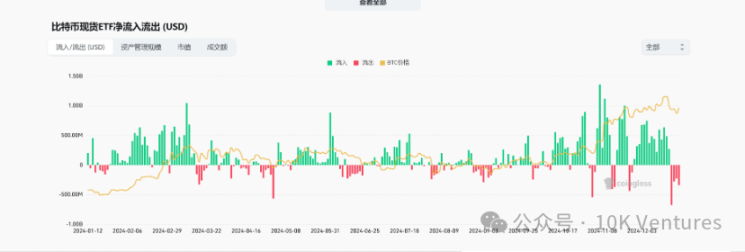
This trend is further reinforced by the following factors: large CEXs have become more selective about teams supported by VCs (while charging high listing fees), and on-chain liquidity is increasing with the development of better tools (such as CLOBs, launch platforms, Moonshot, and other front-end tools).
1.2 ETH ETF Progresses Relatively Slowly, Currently in a Phase of Internal to External Handovers
Overall, the net inflow of ETH ETFs has progressed more slowly compared to BTC ETFs. November 29 marked a turning point, with ETH ETFs seeing a significant net inflow of $300 million that day, double the cumulative net inflow of the previous four months. Following this, ETH ETFs began to see sustained net inflows, but we also observed that crypto-native old OGs like Sun Yuchen started to sell off Ethereum, currently showing a trend of internal selling and external ETF accumulation. As of December 26, ETFs cumulatively held 3% of ETH.
We believe that ETH will gradually change hands, with pricing power shifting from crypto natives to North America, but this transition may take longer than for BTC. If ETH can have a new institutional narrative next year, it may be that ETH ETFs can stake and earn interest without being considered securities.
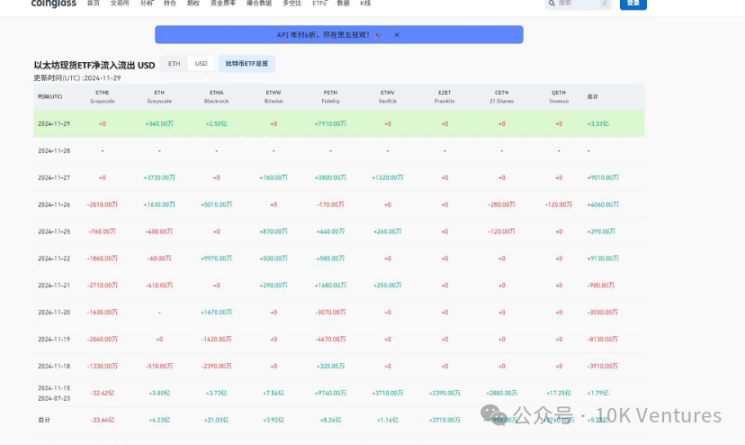
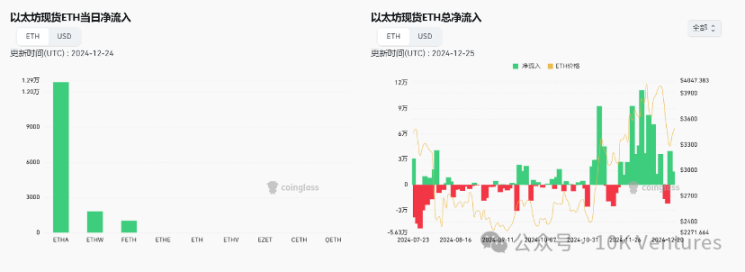
02. DEX Flip CEX?
2.1 On-Chain Spot Ceiling May Be Approaching Its Limits
Starting from the new four-year cycle in 2024, we can clearly see that the market share of on-chain spot/derivatives is continuously expanding.
However, the trading volume of DEX/CEX may have a certain ceiling. This is because large transaction volumes in the blockchain world still come from mainstream coins like BTC/ETH/SOL/XRP, and the trading volume and best trading depth for mainstream coins remain in CEXs. But as the answer to why crypto goes—Crypto's biggest role is to use tokens to incentivize mid-to-long tail users/projects. Recently, the larger on-chain trading volumes have been from meme coins, which are mid-to-long tail projects compared to mainstream coins.
If mainstream coins like BTC/ETH remain market hotspots (which is highly likely), and memes do not occupy the majority of trading volume, then the ceiling for on-chain spot trading may soon be visible. Or rather, memes are eating into the trading volume of mid-tail VC coins in CEXs.
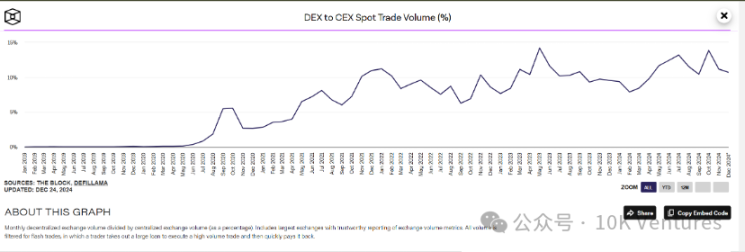
From the perspective of DEX market share, thanks to the emergence of Pumpfun, Raydium's market share has greatly increased, once accounting for 28% of the entire chain's DEX market share. Due to the relatively sluggish performance of the Ethereum ecosystem this year, Uni's market share dropped from 42% at the beginning of the year to 33%. The biggest dark horse this year is Aerodrome, which, thanks to the active Base ecosystem, has grown from a market share of 0 at the beginning of the year to 10% now, becoming the leader on Base (Long Aero=Long Base).

2.2 Hyperliquid Stands Out
Limited by the small market size of the original on-chain derivatives track, thanks to Hyperliquid's rise in November, the trading volume of DEX/CEX futures saw a significant increase, raising its market share from 4% to 8%.
We often say that the competitive characteristics of perp DEX are:
Institutions prefer Orderbook, while retail/whales prefer Pool models.
The trading volume of market makers/takers is greater than that of retail.
Under the orderbook model, MM/Taker brings trading volume and liquidity from 0-1, relying on gameplay (airdrops + pump) to bring retail from 1-10. Although the pool has a low threshold, the gross profit for MM is also low; the orderbook has a high threshold, and the gross profit for MM is also high.
The LP Pool model represented by GMX/Jupiter embodies the dydx derivatives 1.0 model, allowing retail to add pools to bet against traders, enabling them to earn fees and liquidation fees, decentralizing the original CEX MM business model to retail, creating a new paradigm for on-chain perp DEX. GMX and Jupiter performed well during the bear market, with GMX's market cap even doubling against the trend.
However, after the transition from bear to bull, institutions rushed in, and liquidity began to become abundant again. The trading depth and profitability represented by the Pool can no longer meet the needs of institutions, and the derivatives trading track has returned to the orderbook 3.0 model. You might think that creating a high-performance derivatives exchange is simple, but it is not. Buying a garbage trading engine from Chainup cannot meet the demands of high-performance trading. Hyperliquid took two years to build its product, not only creating its own trading engine but also telling an L1 story, using the orderbook model to facilitate trading, and attracting retail to add liquidity with HLP. Hyper currently appears to be the perfect culmination of perp DEX.
At the same time, we believe that perp DEX still has room for improvement, and the enhancement point may lie in licensing—top market makers still prefer to MM in compliant and secure perp DEX.


3. Solana/Base/Ton Compete Fiercely
3.1 Pump.fun Contributes Half of Solana's Trading Volume
Every time we ask leading Infra/public chain companies what kind of ecosystem they want to build, we maintain that a truly successful Infra/public chain company must have a unique project/track within its ecosystem.
DeFi/Ethereum, Stepn/Solana+BSC, GameFi/BSC, DePIN/Solana, Payment/Tron. This time, Pump, as the leading dapp, once again saved the Solana ecosystem, generating $300 million in revenue this year. Solana's Payfi and DePIN tell stories to traditional investors, and everyone is willing to pay. However, retail investors may not recognize Payfi and DePIN, as the APY of a few percent in Yu'ebao, supply chain finance, Wi-Fi base stations, and collecting map data are still too far from pure gambling retail investors. In the frenzy of a bull market, retail investors prefer excitement, a big bullish or bearish candle stimulates dopamine secretion in the brain. Additionally, Pumpfun's website design is very addictive, with high-frequency flashing and pop-ups that can amplify users' greed by 200%, pure gambling, and ultimate enjoyment.
The development path of Solana is now very clear.
On the 2B side, Foundation tells a story of being able to serve web2 enterprises, such as Payfi, as cross-border payments/payfi are gradually happening from the bottom up on the enterprise side. The service for enterprises in DePIN is not as appealing, and the promotion speed of DePIN has not been satisfactory. After all, in a blockchain world that emphasizes efficiency, it requires a real industrial chain + supply chain + transportation to various parts of the world to form a certain scale before it can serve the 2B side, and the speed will not be too fast.
On the 2C side, there is no better money-making story than a casino + lottery with extremely low barriers to entry.


In addition, to add a point about GMGN-like "broker" products as auxiliary trading tools, as the leading product in the track, it has earned over $20 million in revenue in less than the last three months. This provides new entrepreneurial ideas for web2 product managers entering the crypto space. Compared to products like Dune and Tokenterminal seen in the last cycle, the commercialization capability is at least two orders of magnitude stronger, thanks to this round of auxiliary trading products directly cutting into trading.
We will continue to observe opportunities for equity investment in similar products and revenue sharing. The financing model for such products is mostly equity financing + revenue sharing opportunities, but from our observations, this investment model is not very cost-effective for investors (doing it themselves is actually quite good). Typically, the first-round valuation is around $10-20 million, with investors holding about 20% of the shares, which means that to recoup through dividends, the company must achieve at least $10-20 million in revenue over its lifecycle, which is very challenging, as the leading effect in blockchain is too significant, and the lifecycle is usually very short.
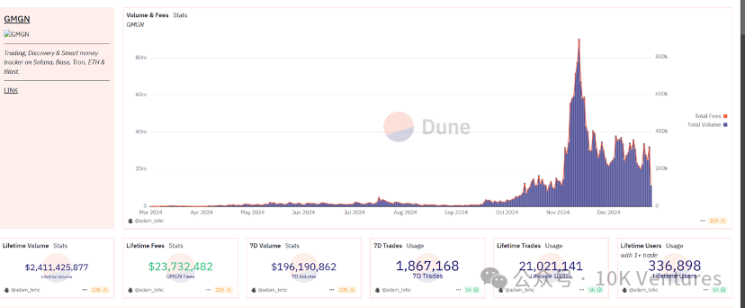
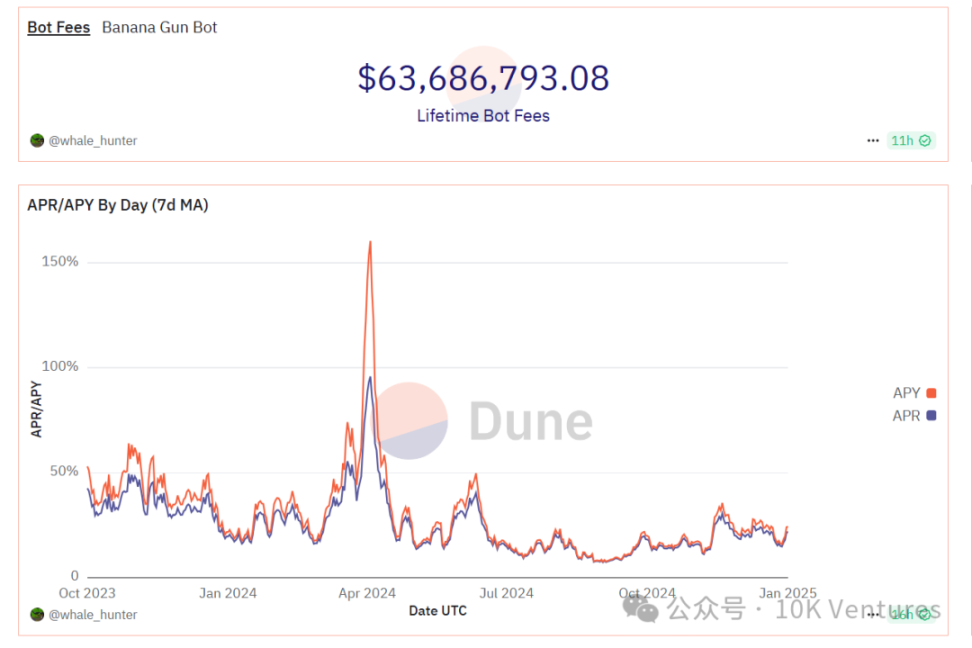
3.2 Solana Memecoin: A Success Built on Many Failures
The most successful theme this year has undoubtedly been meme coins. A large portion of meme trading volume has siphoned off the trading volume of mid-tail and tail VC coins. The pump.fun in October-November pushed the meme frenzy to its peak, with dozens of coins being issued on pumpfun every 10 seconds globally. This year, meme coins like ai16z, bonk, bome, and spx6900 have reached a circulating market cap of over $1 billion.
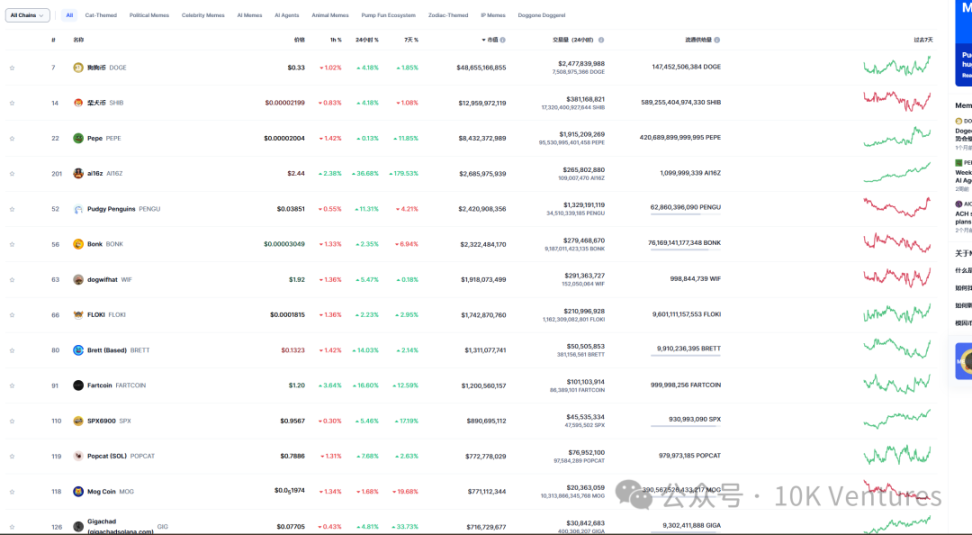
The meme market offers significant volatility, with intraday fluctuations reaching thousands of times, but the extremely high returns come with extremely high risks, and many memes can instantly go to zero.
From the following data, it can be seen that 99% of memes cannot break through a $1 million market cap. Those memes that manage to break through the crowd are built on the failures of many others.

3.3 AI Agent Leads Base to Shine
In our October monthly report, we highlighted the rise of the Base ecosystem. Two months later, whether in terms of DAU or TVL, Base is currently far ahead of other Ethereum ecosystems.
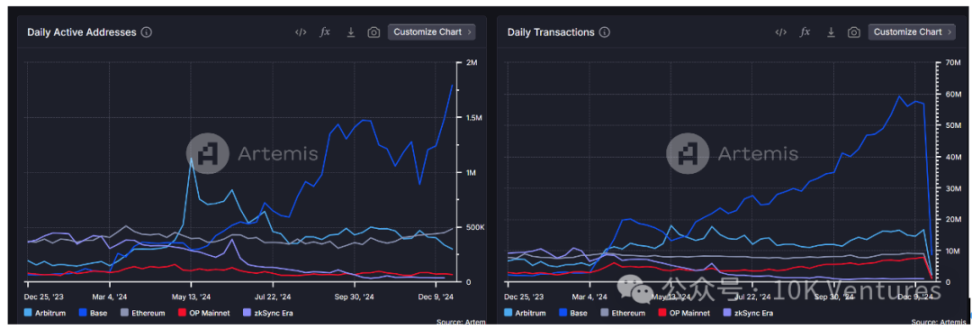
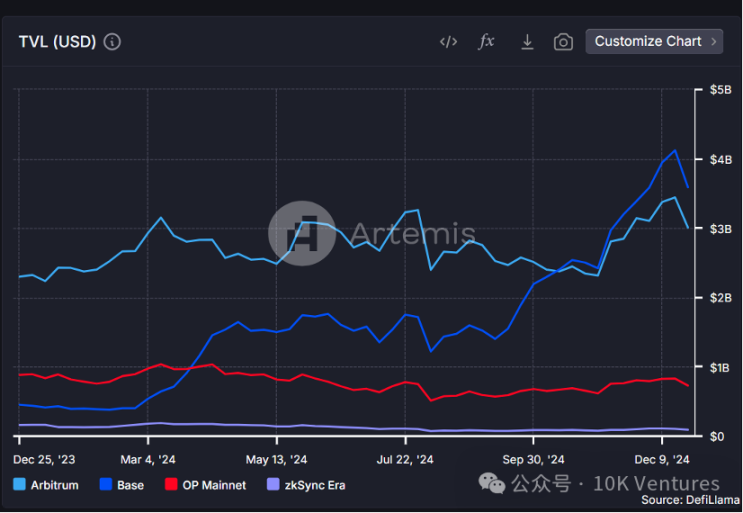
In the current Base ecosystem, Virtual and Clanker are the most likely projects to become representative of Base, aside from Aerodrome. Virtual is product-driven at its core, emphasizing the connection between AI and Web2 users, gradually building a "usable" tool system. Former Google CEO Eric Schmidt and Marc Andreessen pointed out the unique advantages of the Virtual team in high-frequency trial and error. From PathDAO to Virtual Protocol, the team has crossed GameFi and AI+DApp in three years, achieving a miracle of growing its market cap from $10 million to $3 billion. In addition to the practicality of the AI Agent itself (for example, Luna can interact with users), Virtual has released its token, which will offer more diverse gameplay than pumpfun. As the only platform using the token, Virtual replicates the strategies of Pumpfun/Sol with gameplay like token launches.
Interestingly, many projects this year have had more or less innovation in their tokenomics, truly realizing the flywheel effect of business + token.

3.4 Aside from Tap2Earn, Where is Ton's Breakthrough Point?
Earlier this year, we published a research report on Ton, in which we mentioned that we were not particularly bullish on the Ton ecosystem. The main reason is that we do not have confidence in the user acquisition system under the Tap2Earn framework. Tap2Earn is different from the payment systems of DePIN and GameFi. In DePIN, the story told by project parties is that as more mid-tail suppliers emerge, demand-side users will pay for the entire mid-tail supply and ecosystem, such as Render rendering and Mobile communication. GameFi claims that games are fun, and users will pay for platforms and gold farmers due to entertainment needs.
However, the story told by Tap2Earn is that once I have enough users, there will be advertising commercial value. But the problem is that these Tap2Earn users are purely opportunistic, with very low commercial value, or the existing commercial value is just sold once to exchanges. After six months, we believe that the Tap2Earn user acquisition + advertising business model is difficult to sustain in the long term. Rather than saying Tap2Earn is a commercial innovation, it would be more accurate to say that six months ago, Hamster/Catizen/DOGE had already completed a new wave of blockchain user acquisition missions.
So where will Ton's next breakthrough point be? For example, recently we have seen the alpha test data labeling product from Sahara, which mainly focuses on long text. If a company can obtain actual orders and distribute them through TG for user labeling, it could become a very attractive "web3 data Foxconn." However, such companies need to seriously consider the quality issues after crowdsourced distribution.
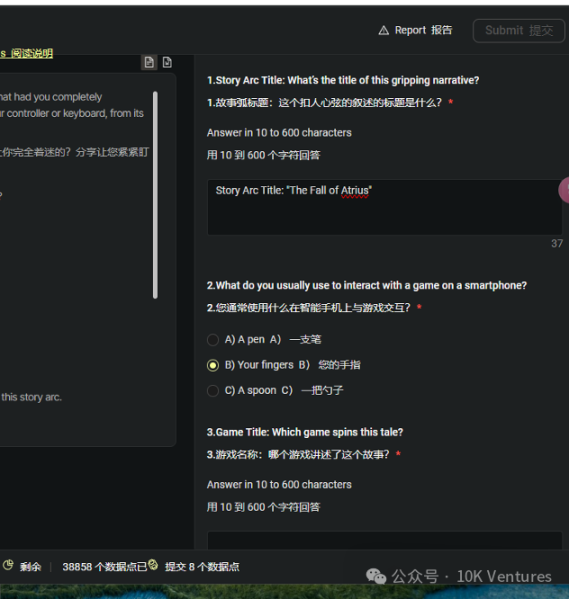
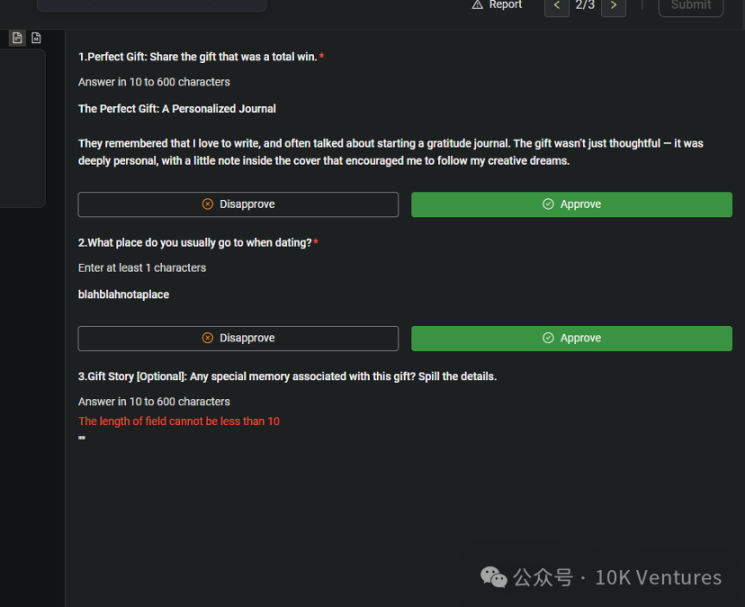
After detailed communication with friends from the Ton Foundation, we also deeply realized the issues within the Ton ecosystem—ecological projects often view token issuance as a short-term opportunity, with conspiratorial groups issuing a wave of tokens and then moving on to the next project, such as DOGE/Hamster, etc. Exchanges gain new users from these projects and have no further demands. The following six months proved that these users do not bring much value to exchanges and do not lead to higher TX for Ton (after the opportunism ends, they retreat, and the on-chain penetration rate is too low). The TG team is also generally indifferent to the token price, maintaining a laid-back attitude. Therefore, we hold a cautious attitude towards future opportunities in Ton.
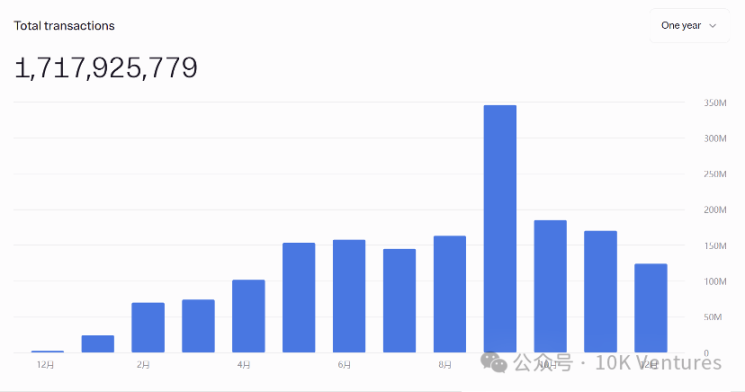
4. Stable Computation ❌ On-Chain Asset Management ☑️
Stablecoin company revenue = AUM * Interest Rate.
The underlying interest rates in the stablecoin industry are usually anchored to government bonds. The new on-chain stablecoins that have emerged in this cycle are mainly USDE and USD0. There are two strategies: one is to increase AUM, and the other is to increase the interest rate. Ethena and USUAL have adopted two completely different approaches.
4.1 Ethena—Maximizing Yield
Ethena maximizes risk-adjusted returns through an extreme delta neutral + ETH native staking + governance token-based subsidy model to attract TVL. We have analyzed Ethena's business model extensively, so we won't elaborate further here. However, it is worth mentioning that recently, ETH open interest has started to grow significantly, increasing 2.5 times compared to September, gradually opening up the ceiling for ENA. ENA tends to be the most volatile token in both upward and downward trends.
Future possibilities for further opening the ENA ceiling may include: 1. Changes in ENA Token utility, such as revenue sharing, buybacks, etc., which may be closely related to macro policies; 2. Starting to engage in BTC (already collaborating with Solv) / Solana / Aptos / Sui / Ton short operations.



4.2 Usual—Decentralized Fiat-Collateralized Stablecoin
Usual can be seen as the web3 version of a dividend-based fiat-collateralized stablecoin. By decentralizing a portion of government bond income to the community + token subsidies, it ensures the yield of the stablecoin. The team's approach is very much in line with traditional DeFi styles, subsidizing TVL through extremely exaggerated yields similar to those seen during the DeFi summer.
First, let's clarify the difference between APY and APR. Simply put, APR is the annual return without considering the effects of compounding. APY takes compounding into account, which usually results in APY being significantly higher than APR. The formula is as follows—APY = (1 + APR/n)^n - 1.
On December 19, Usual's token-based APY reached an astonishing 22,037%. Under daily compounding, the APR calculated using the formula equals 543.65%, with a daily interest rate of less than 1.5%. Considering that Usual's emissions are negatively correlated with protocol growth to avoid excessive token dilution issues. Currently, with USD0 growing to $1.7 billion in TVL, the protocol's annual revenue is $68.94 million, with a circulating supply of $500 million and a fully diluted valuation (FDV) of $4.5 billion. The FDV/Revenue ratio (65, typically DeFi's PF is around 5-20) is absurdly high, and there are also a large number of Usual tokens subsidizing Usualx staking, USD0++ staking, and USD0/USD0++ pools, so we believe that at this price, Usual is relatively overvalued. This model is very similar to the governance token subsidy model used during the DeFi summer of 2020-2021. However, Usual's token utility is better than ENA's, as it at least includes revenue sharing.
The team is raising the token price, currently offering Usual tokens at a 20% discount.

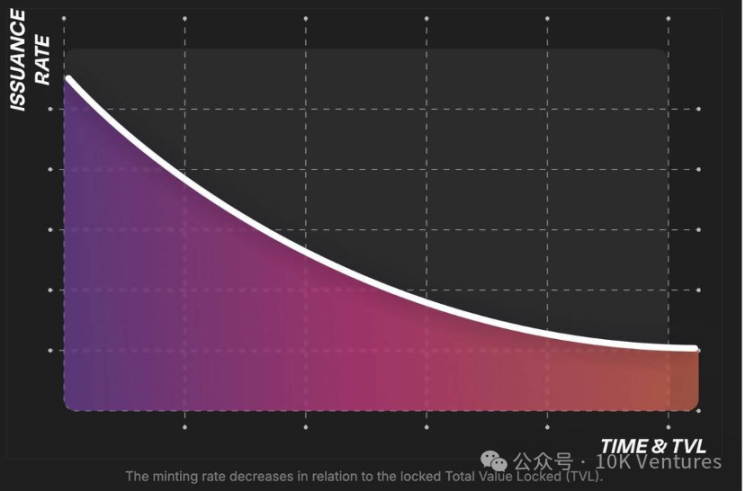
5. Is the Industry Entering a PE Moment?
In 2023, a large-scale OTC model began to emerge. Project parties will OTC tokens to teams/advisors/ecosystem tokens for investors, and the OTC funds will be used to pump the market or develop the ecosystem. After all, without market pumping, there is no ecosystem : ). Stable and long-term market pumping is the best marketing expense, attracting not only retail investors but also developers. Additionally, as public chain tokens rise, TVL increases. This leads to growth in retail investors/developers/TVL, creating a positive feedback loop in the three critical areas of public chains.
Currently, the most successful and exiting OTC deals may be Pendle/Ton/Solana, with Solana being an exception, as it was meant to clean up the mess left by FTX. Looking back, OTC deals are usually profitable (though there are also losing ones). However, the decision-making moment is often very painful. At that time, the fundamentals were relatively poor, the business was struggling, valuations were high, and unlocks could be unfriendly, making decision-making quite challenging. This year, our strong performance was in Solana OTC (very optimistic about the fundamentals + the numbers add up), while we missed out on ENA's OTC (not optimistic about ENA's utility as a mining coin).
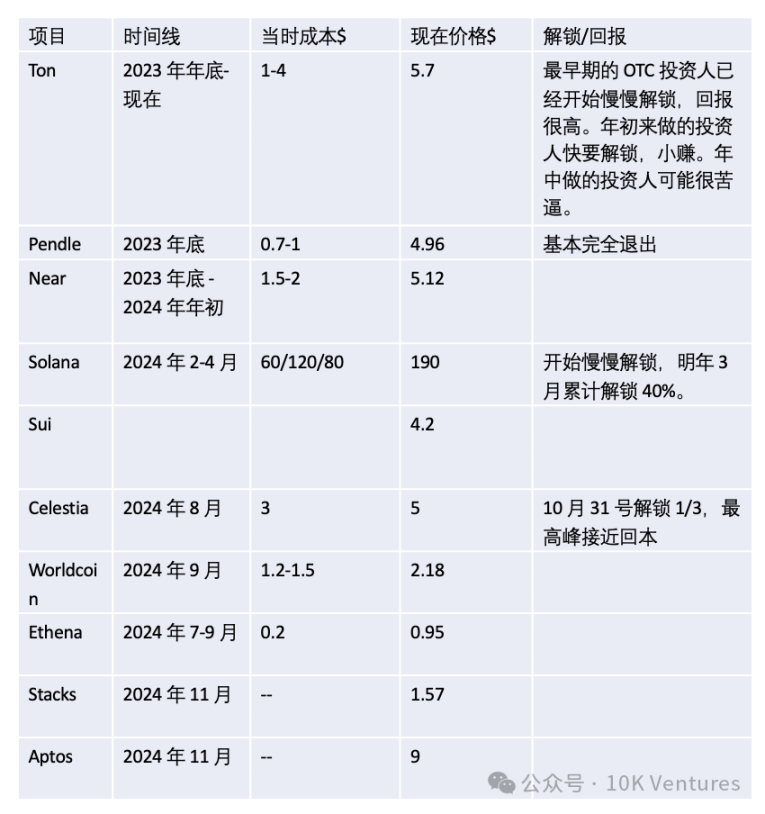
免责声明:本文章仅代表作者个人观点,不代表本平台的立场和观点。本文章仅供信息分享,不构成对任何人的任何投资建议。用户与作者之间的任何争议,与本平台无关。如网页中刊载的文章或图片涉及侵权,请提供相关的权利证明和身份证明发送邮件到support@aicoin.com,本平台相关工作人员将会进行核查。




